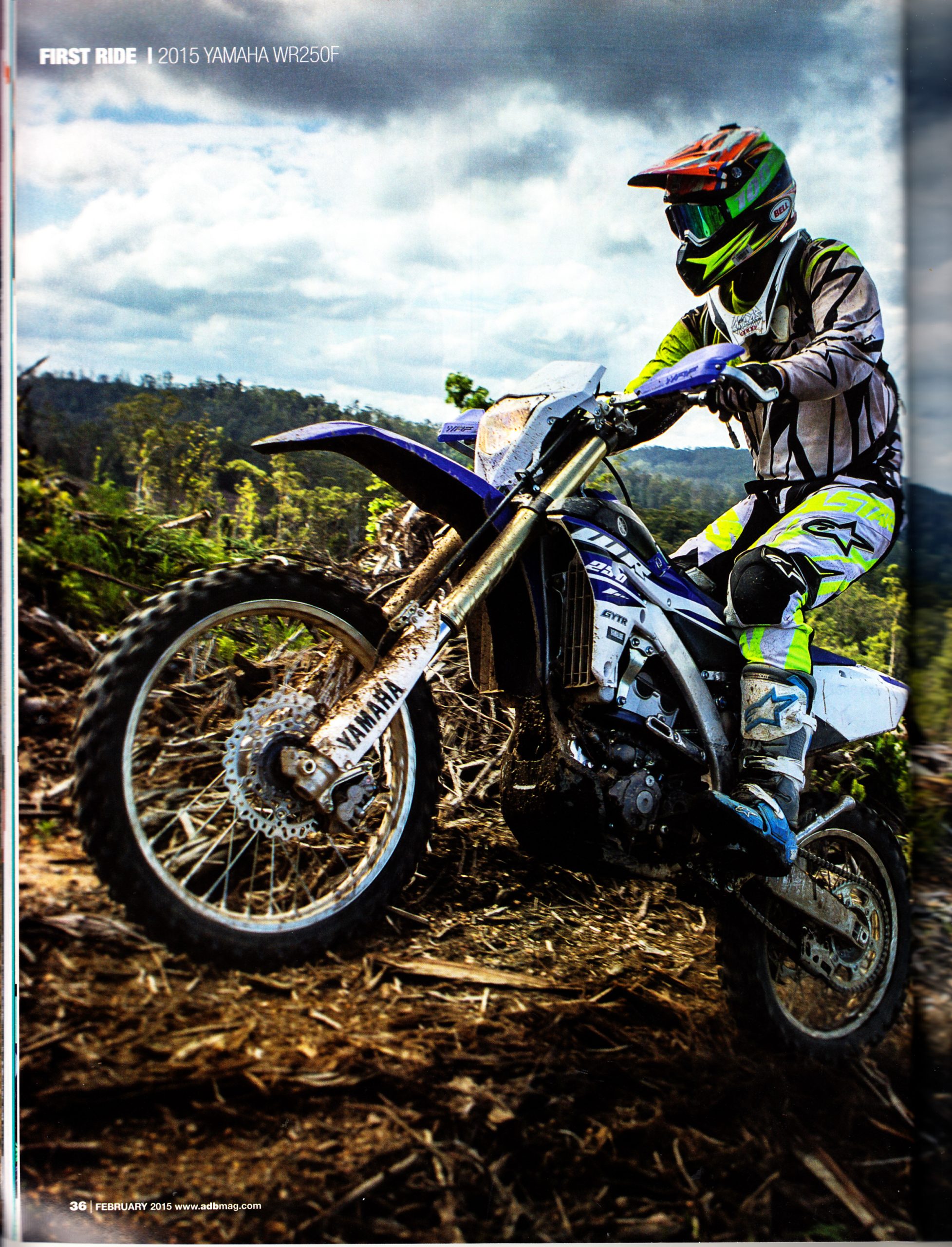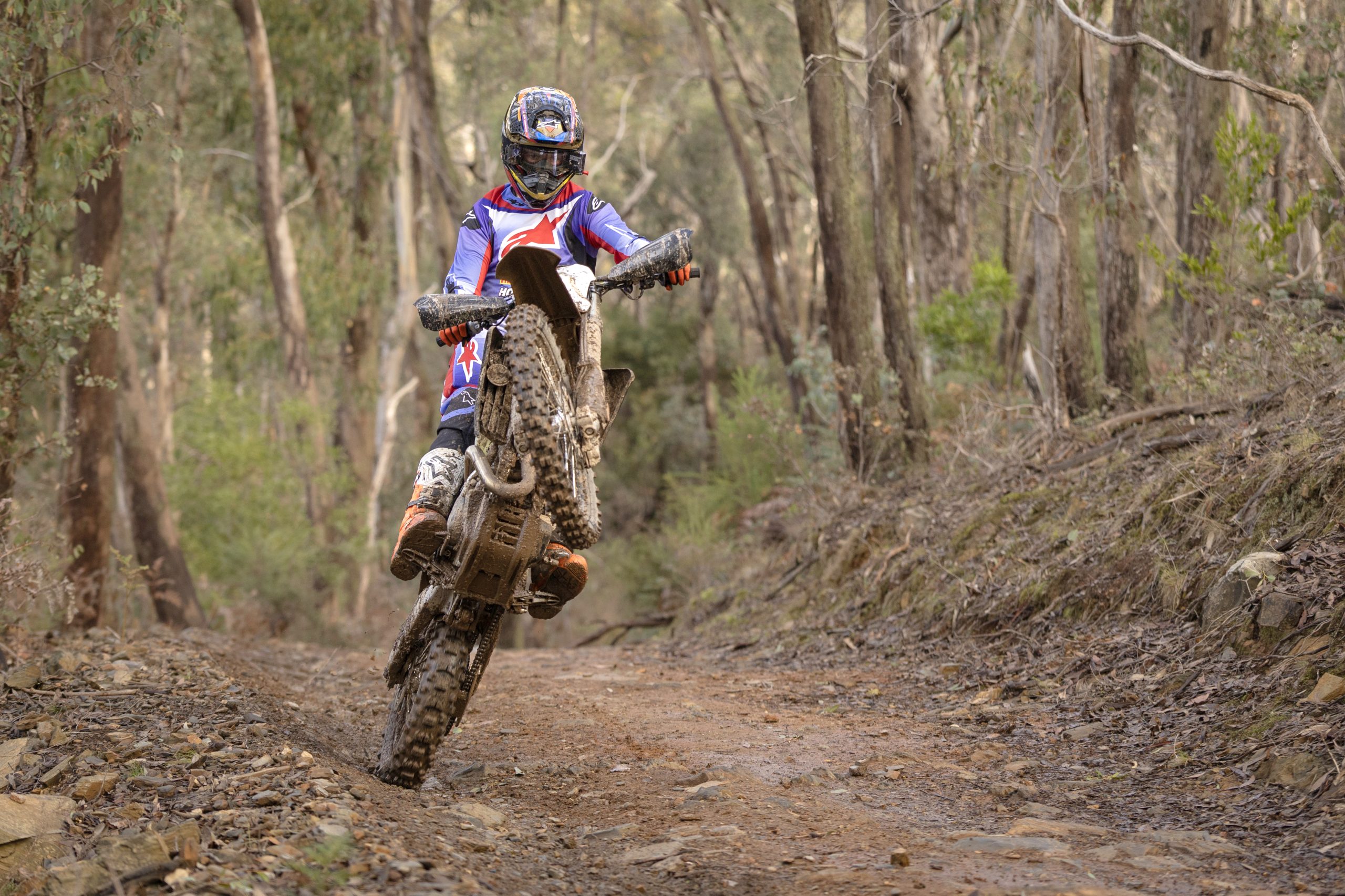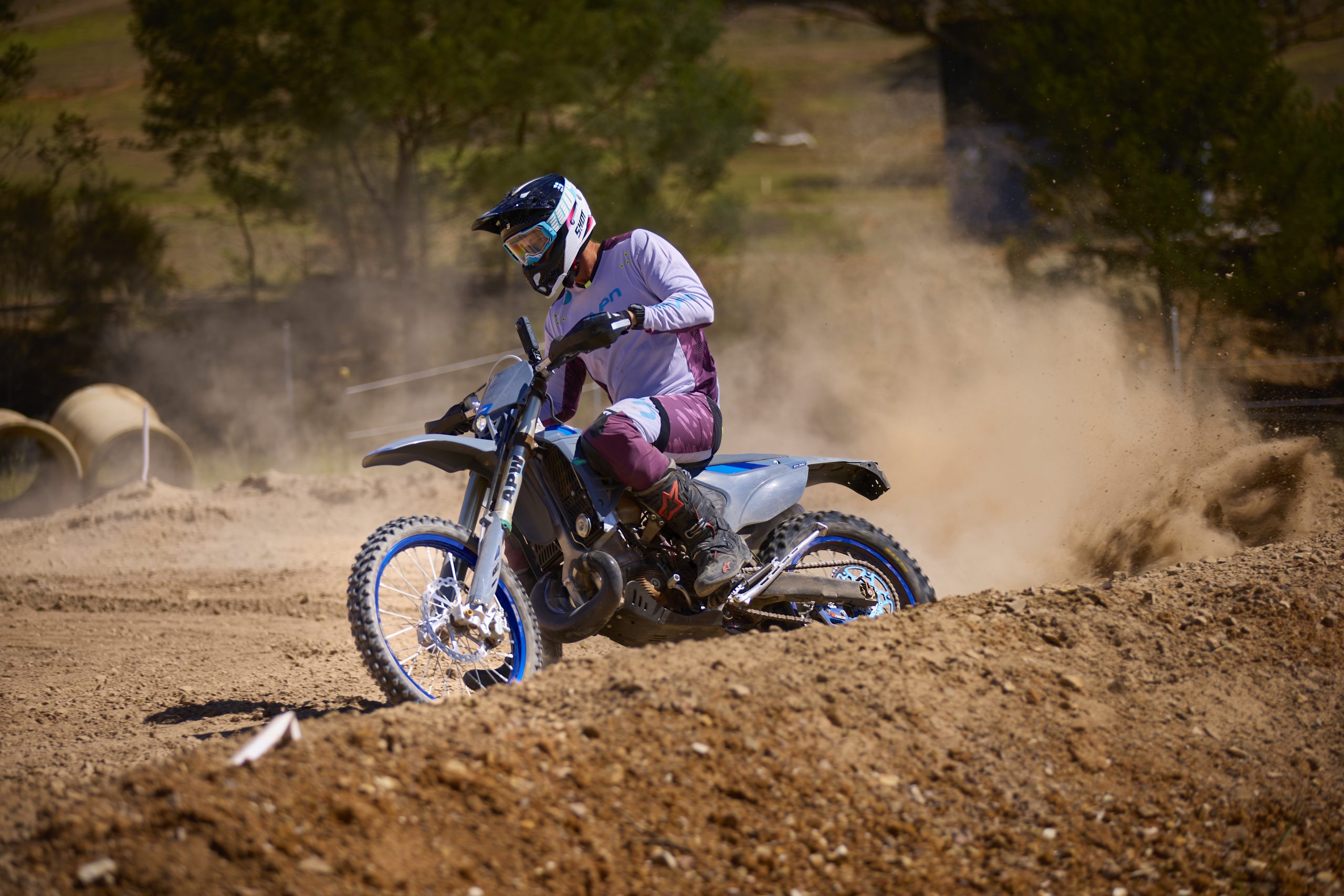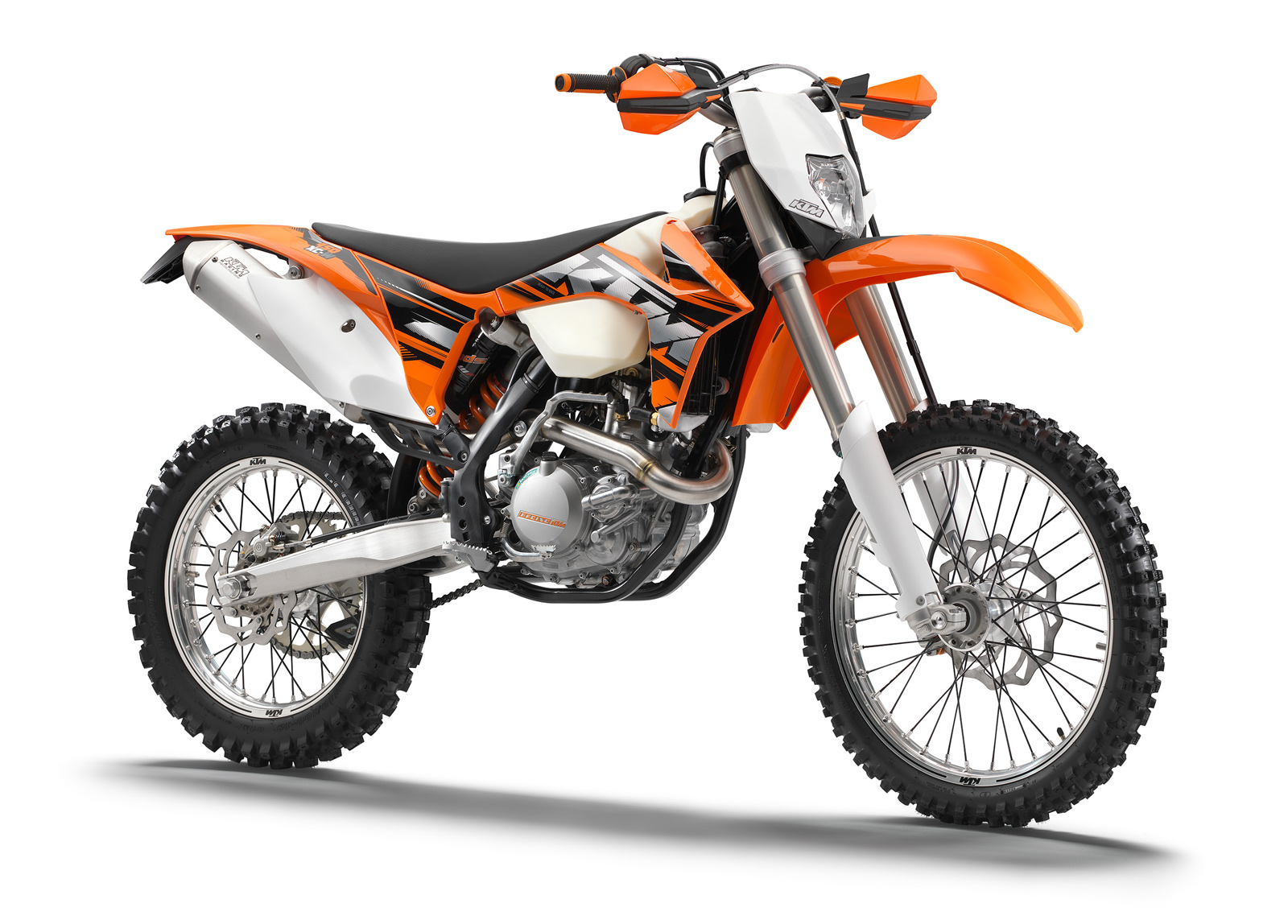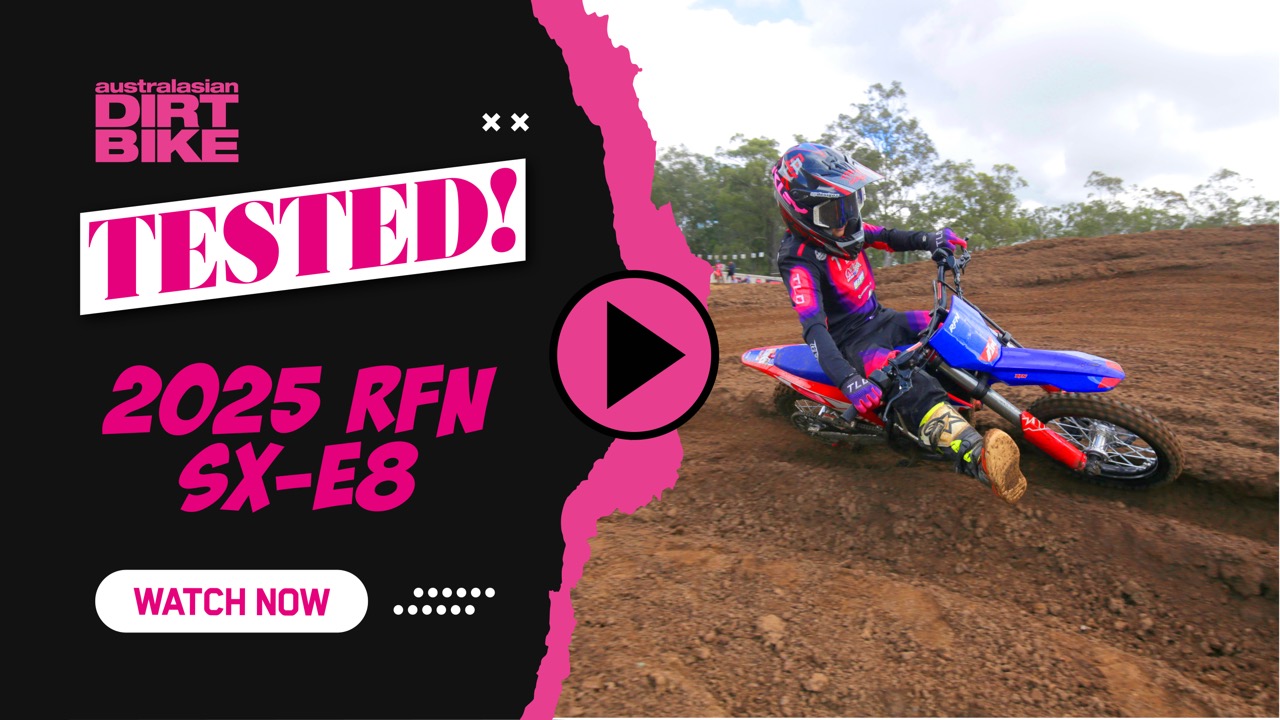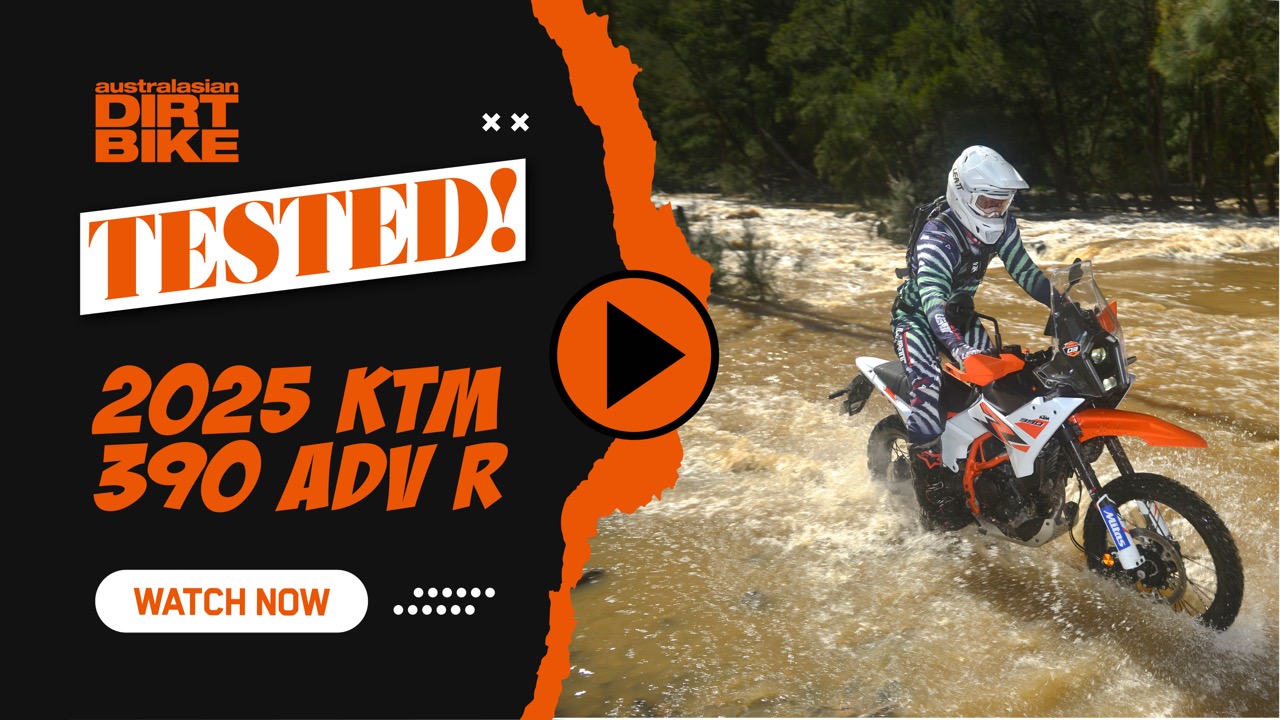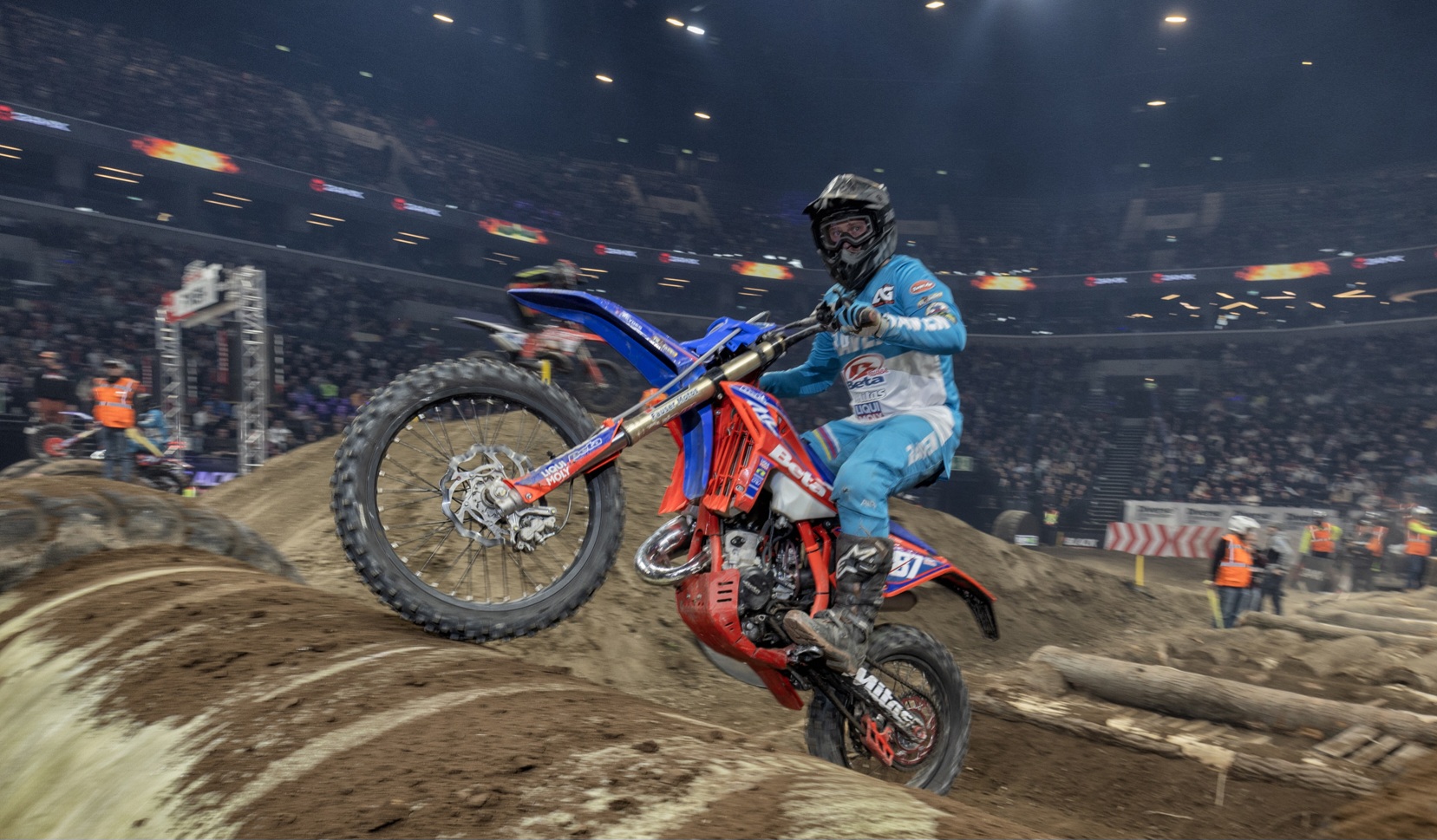In an effort to sharpen my hard enduro skills I organised a training day that turned into a bike test on the two best training bikes, the 2024 Beta X-Trainer 250 and 2024 Beta X-Trainer 300. AHEC Champ and Beta rider Ruben Chadwick was to be my Denzel and just like in the movie, Chadwick explained that all the training I was to do that day was actually going to be on the X-Trainer instead of my Beta 300 Racing because the X-Trainer was the perfect training mule.
The 2024 Beta X-Trainer series is designed to be a versatile option for both new riders and seasoned dirtbike nuts like me who are after a blend of power, agility, and comfort in a dirtbike that isn’t going to beat you up or worse, hurt you. Beta have two different X-Trainers available, a 250cc and 300cc machine, both two-strokes. Visually they look identical and on paper they seem similar but are they really that close?
This comparison will delve into the specifics of the Beta X-Trainer 300 and Beta X-Trainer 250, highlighting their similarities, differences, and overall performance to help you decide which model suits your needs best.

Frame and Dimensions
Both the Beta X-Trainer 300 and 250 share the same robust frame made of molybdenum steel with a double cradle split above the exhaust port. This design looks and is thinner than on the RR models which improves the weight of the frame without eroding the structural integrity.
Wheelbase: Both models feature a wheelbase of 1467mm, which feels slightly shorter than the RR range.
Dimensions: The maximum length of 2157mm, width of 802mm, and height of 1245mm are identical for both bikes. This uniformity offers a similar feel to the ergonomics, which made it easy for me to switch between models without needing to adjust the cockpit at all.
Seat Height: At 910mm, the seat height is consistent across both models, suitable for a range of rider heights and more accommodating than the RR and Racing Beta models for short arses.
Ground Clearance: Both bikes offer a ground clearance of 320mm, which is pretty good considering it’s overall size but that lowered a bit with the soft suspension.
Footrest Height: The footrest height is 390mm on both models, ensuring a comfortable standing position during aggressive riding where the ‘pegs never got caught up.

Weight and Fuel Capacity
Dry Weight: Both the X-Trainer 300 and 250 weigh 99kg (48kg front, 51kg rear). This lightweight enhances agility and control, especially important for less experienced riders or those who are manhandling the bike in hard enduro conditions.
Fuel Tank: The fuel tank capacity is 8.8litres, with a reserve of 1.5litres.
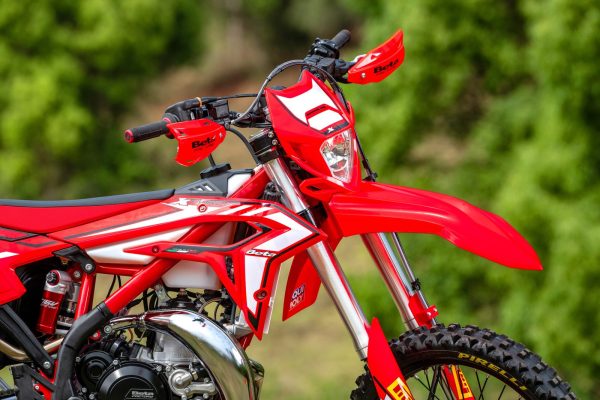
Suspension and Brakes
The suspension systems on both models are also the same.
Front Suspension: ZF Hydraulic USD fork with a 43mm shaft, providing a front wheel travel of 270 mm on both with the same settings.
Rear Suspension: Monoshock with a progressive compound lever, also offering 270mm of travel.
Brakes: The braking systems are also identical with a 260mm wave disc up front and a double-piston floating caliper. The rear is a 240mm disc and a single-piston floating caliper.
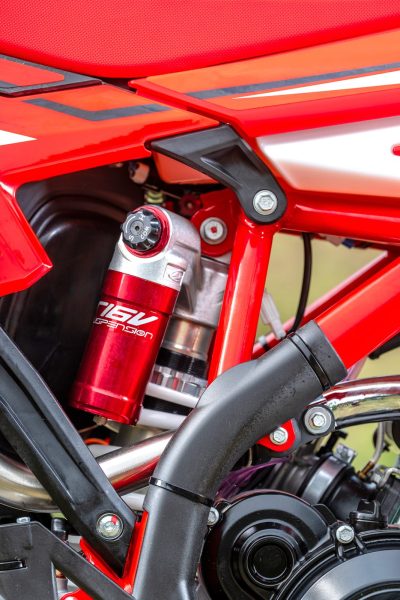
The primary difference between the X-Trainer 300 and 250 lies in their engines and related performance characteristics:
Engine Type: Both models feature a single-cylinder, two-stroke, liquid-cooled engine.
Displacement: X-Trainer 300 has 292.3 cubic centimetres while the X-Trainer 250 has 249cc.
Bore and Stroke: The X-Trainer 300 has a bore of 73mm and stroke of 69.9mm while theX-Trainer 250 has a Bore of 66.4mm and stroke of 72mm.
Compression Ratio: The compression ratio is also different with the X-Trainer 300 running 11.45:1 and X-Trainer 250 running 13.5:1
Both models share the same advanced ignition and lubrication systems:
The Beta X-Trainer 300 offers a slightly higher displacement, which essentially just gives it more torque and power, which is beneficial for experienced riders looking for a more aggressive performance. The X-Trainer 250, while having a smaller displacement, provides a more manageable power output that can be better for beginners or those who prefer a less intense ride.

Carb, clutch and gearbox
Carburettor: Both bikes are equipped with a Keihin PWK 36 carburettor, known for its reliability and performance in off-road conditions.
Clutch: The Beta X-Trainers have a hydraulic clutch with reverse opening, That is incredibly lightweight, great for beginners or those prone to fatigue.
Transmission: Both models feature a six-speed gearbox that is quite wide.

So who suits what?
I’ll start by saying, I don’t think there is a need for the Beta X-Trainer 250. Physically both bikes are the same and the Beta X-Trainer 300 power is so useable I think anyone willing to get on the 250 would be fine on the 300. I wouldn’t say this about the RR models or the Racing but the X-Trainers are much closer in performance.
Power delivery is the biggest difference but like I said, not dangerous on one and safe on the other. The X-Trainer 300, with its larger engine displacement, offers a more robust power delivery, making it suitable for riders who want a little more punch and grunt, some may say a more aggressive ride (but it’s still an X-Trainer, so it’s in no way aggressive). You could argue this model is better for those who have more experience handling more powerful bikes like the RR and Racing range but don’t have the strength or fitness anymore to hold onto those machines.
When it comes to manageability, the X-Trainer 250, with its smaller displacement and higher compression ratio, provides a smoother and more manageable power output. This makes it an excellent choice for beginners or riders who prefer a more controlled and less demanding ride.
Both models are versatile and capable of handling a variety of off-road conditions, from four-wheel-drive trails and singletrack to more technical and rugged terrains. But they can also be ridden around a flat paddock by a learner without that rider ending up on social media, looping out the bike because they breathed on the throttle. Because they’re so lightweight they’re also easier to pick up off the ground and even hold up when off balance because they’re narrower and their weight is considerably low. Even the pipe is designed to be higher up and out of the way of rocks and logs if you crash and it is also shaped to knock the power out.

By increasing the bore in the 300, it does have more torque. But just increasing the bore size is the cheaper way to do this. That way, Beta only need to make one crankshaft and bottom-end that they can then share between the two models rather than have two totally different engines with completely different bottom-ends. And, by lowering the compression ratio on the 300 compared with the 250, this makes it less aggressive. In short, it’s a good way to get different power characteristics from what is essentially the same bike
The 2024 Beta X-Trainer 300 and 250 are both exceptional dirtbikes and heavily underrated by so many riders who would be far better off on an X-Trainer than a RR or Racing model Beta. While the 250 and 300 are almost identical, they do each offer a unique set of advantages. The X-Trainer 300 stands out with its higher power output and torque, making it a great option for experienced riders seeking amore aggressive and challenging terrain. On the other hand, the X-Trainer 250, with its more manageable power delivery and slightly better fuel efficiency, is ideal for beginners or those who prefer a more controlled and predictable riding experience.
Both models share many of the same high-quality components and design features that make the Beta one of the best brands on the market. The decision between the two ultimately comes down to the rider’s experience level and preference for power versus manageability. Whether you choose the Beta X-Trainer 300 or the 250, you can be assured of a top-notch off-road motorcycle that delivers on performance, durability, and fun. If you’re thinking about hanging onto the X-Trainer for years to come and want your skill set to improve, go the 300, you won’t be disappointed.

What makes ‘em better in 2024?
- Redesigned cylinder head, crank, stroke and bore.
- Lithium battery is now standard. It’s lighter and has better cranking.
- Fuel tank increased to 8.8litres and is translucent.
- Valving revised in the shock to make it more plush.
- Magnetic key to kill the bike when you crash and prevent it being stolen.
- New graphics.
- New subframe, like the RR range, has better airflow to the airbox.

Beta X-Trainer 250/300
Engine
– Type: Single-cylinder, two-stroke, liquid-cooled
– Bore x Stroke: 66.4mm x 72mm / 73mm x 69.9mm
– Displacement: 249cc / 292.3cc
– Compression Ratio: 13.5:1/ 11.45:1
– Starter: Electric starter
– Carburettor: Keihin PWK 36
– Clutch: Wet multi-disc with reverse opening
– Transmission: six gears
FRAME
– Perimetric frame in molybdenum steel with double cradle split above exhaust port
DIMENSIONS
– Wheel Base: 1467mm
– Seat Height: 910mm
– Ground Clearance: 320mm
– Fuel Tank: 8.8L, Reserve: 1.5 L
– Weight (Dry): 99kg
SUSPENSION
– Front Suspension: 43mm Olle Hydraulic USD forkl, Front Wheel Travel 270mm
– Rear Suspension: R16V Monoshock, Rear Wheel Travel 270 mm
BRAKES
– Front Brake: Wave disc ø260 mm and double-piston floating caliper
– Rear Brake: Wave disc ø240 mm and single-piston floating caliper
WHEELS AND TYRES
– Front Rim: 21 x 1.6 – 36 holes
– Front Tyre: 80/100 – 21
– Rear Rim: 18 x 1.85 – 36 holes
– Rear Tyre: 140/80 – 18
RRP $11,995 / $12,995 (Ride Away)
Browser betamotor.com.au
Warranty Six months
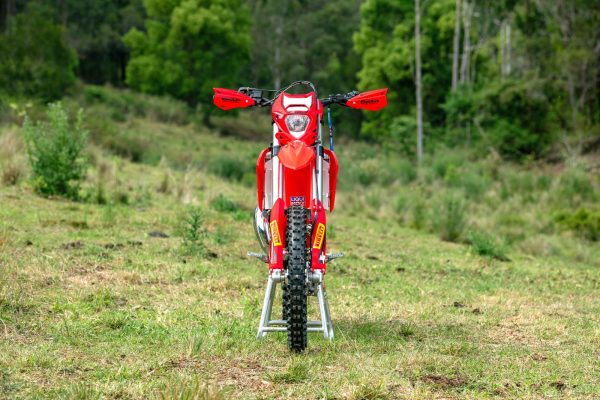
Words | Mitch Lees
Photos | Bustaphoto
